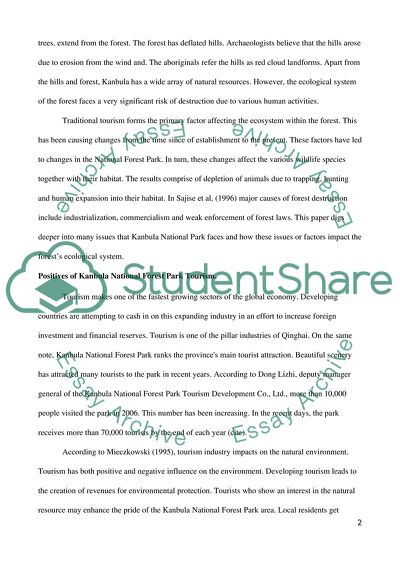Cite this document
(“The Traditional Tourism Impact on Kanbula National Forest Park Term Paper”, n.d.)
The Traditional Tourism Impact on Kanbula National Forest Park Term Paper. Retrieved from https://studentshare.org/environmental-studies/1625094-the-traditional-tourism-impact-on-kanbula-national-forest-park
The Traditional Tourism Impact on Kanbula National Forest Park Term Paper. Retrieved from https://studentshare.org/environmental-studies/1625094-the-traditional-tourism-impact-on-kanbula-national-forest-park
(The Traditional Tourism Impact on Kanbula National Forest Park Term Paper)
The Traditional Tourism Impact on Kanbula National Forest Park Term Paper. https://studentshare.org/environmental-studies/1625094-the-traditional-tourism-impact-on-kanbula-national-forest-park.
The Traditional Tourism Impact on Kanbula National Forest Park Term Paper. https://studentshare.org/environmental-studies/1625094-the-traditional-tourism-impact-on-kanbula-national-forest-park.
“The Traditional Tourism Impact on Kanbula National Forest Park Term Paper”, n.d. https://studentshare.org/environmental-studies/1625094-the-traditional-tourism-impact-on-kanbula-national-forest-park.


